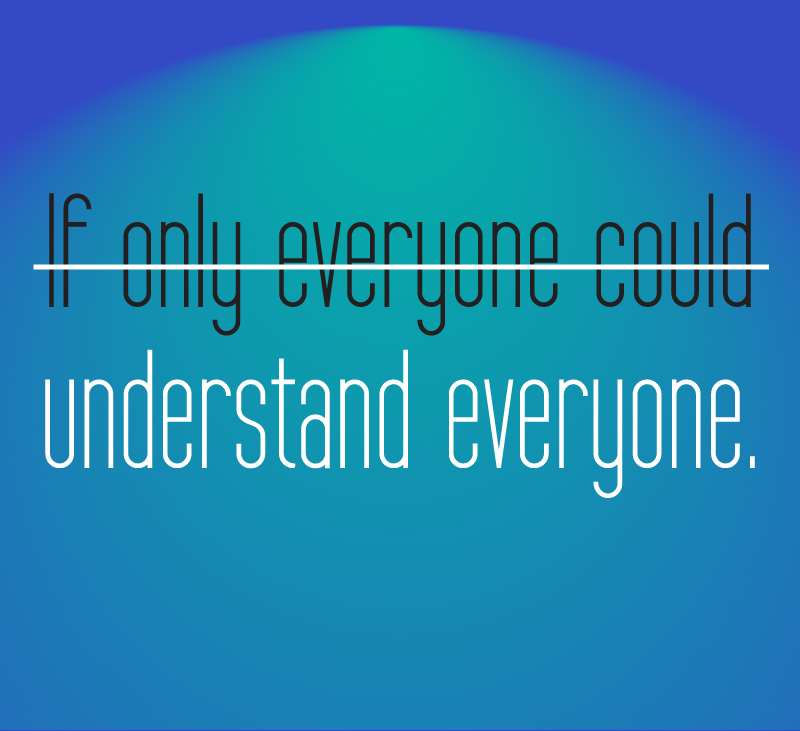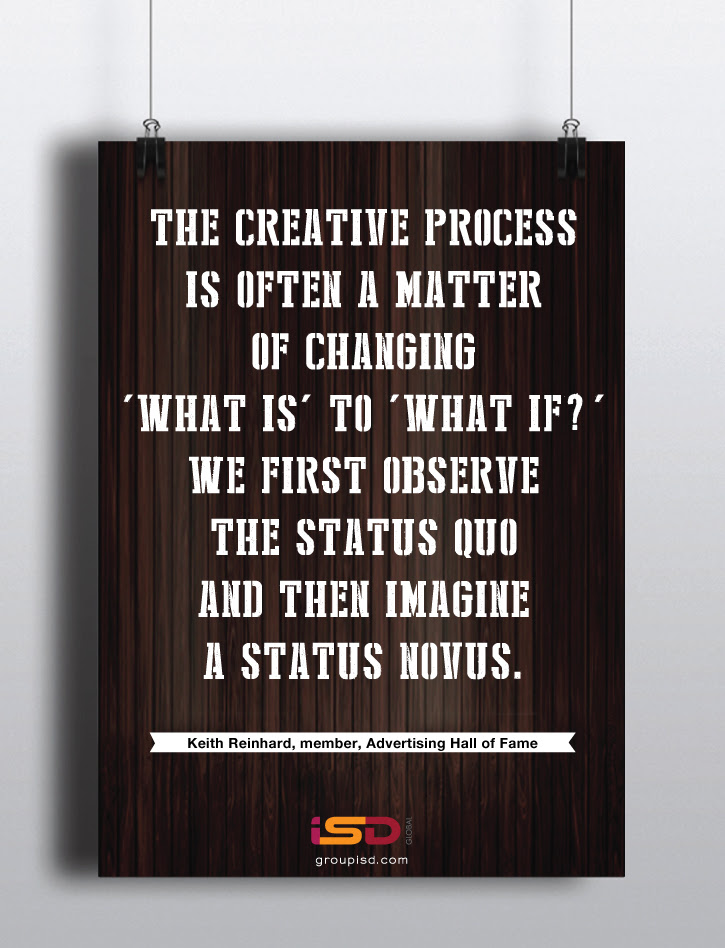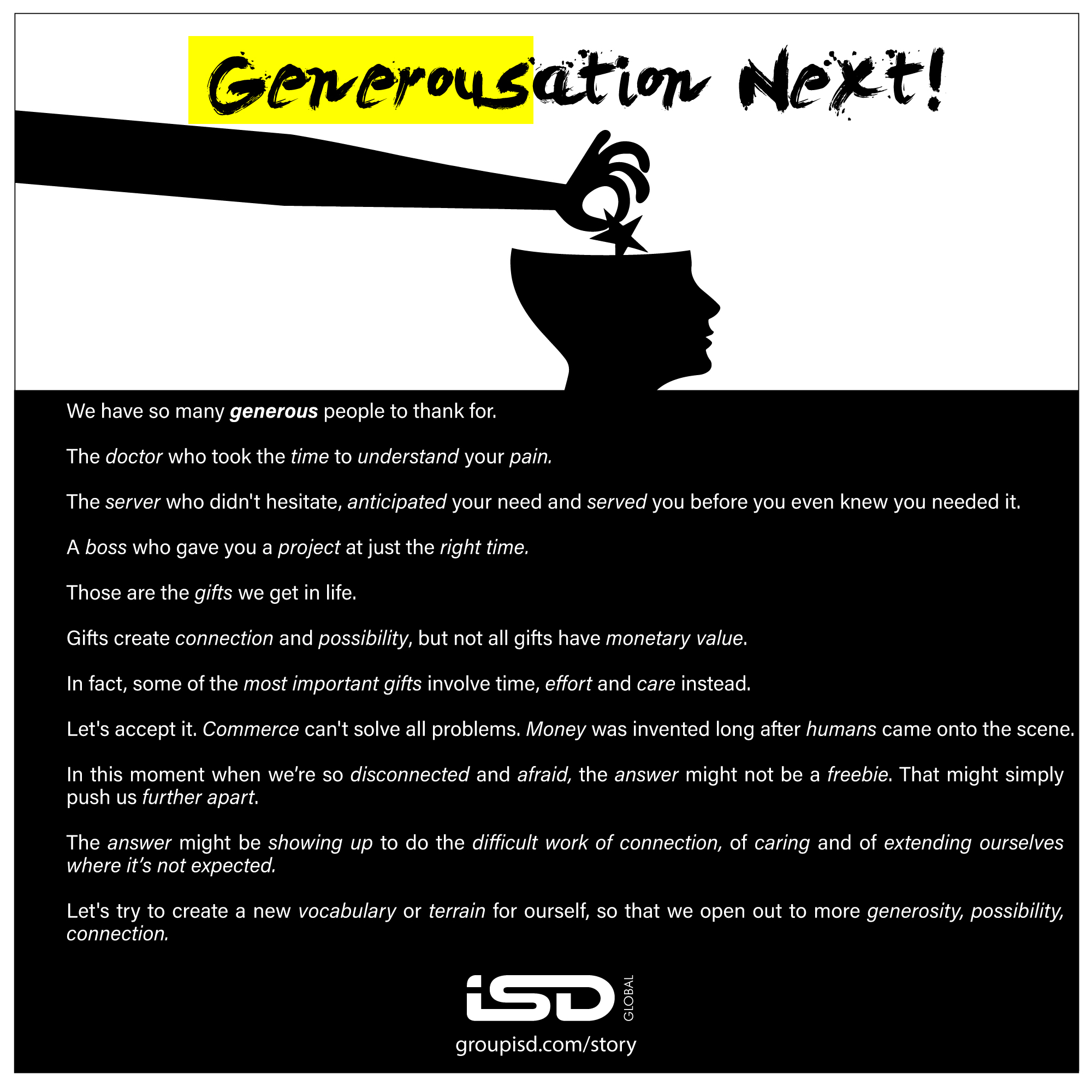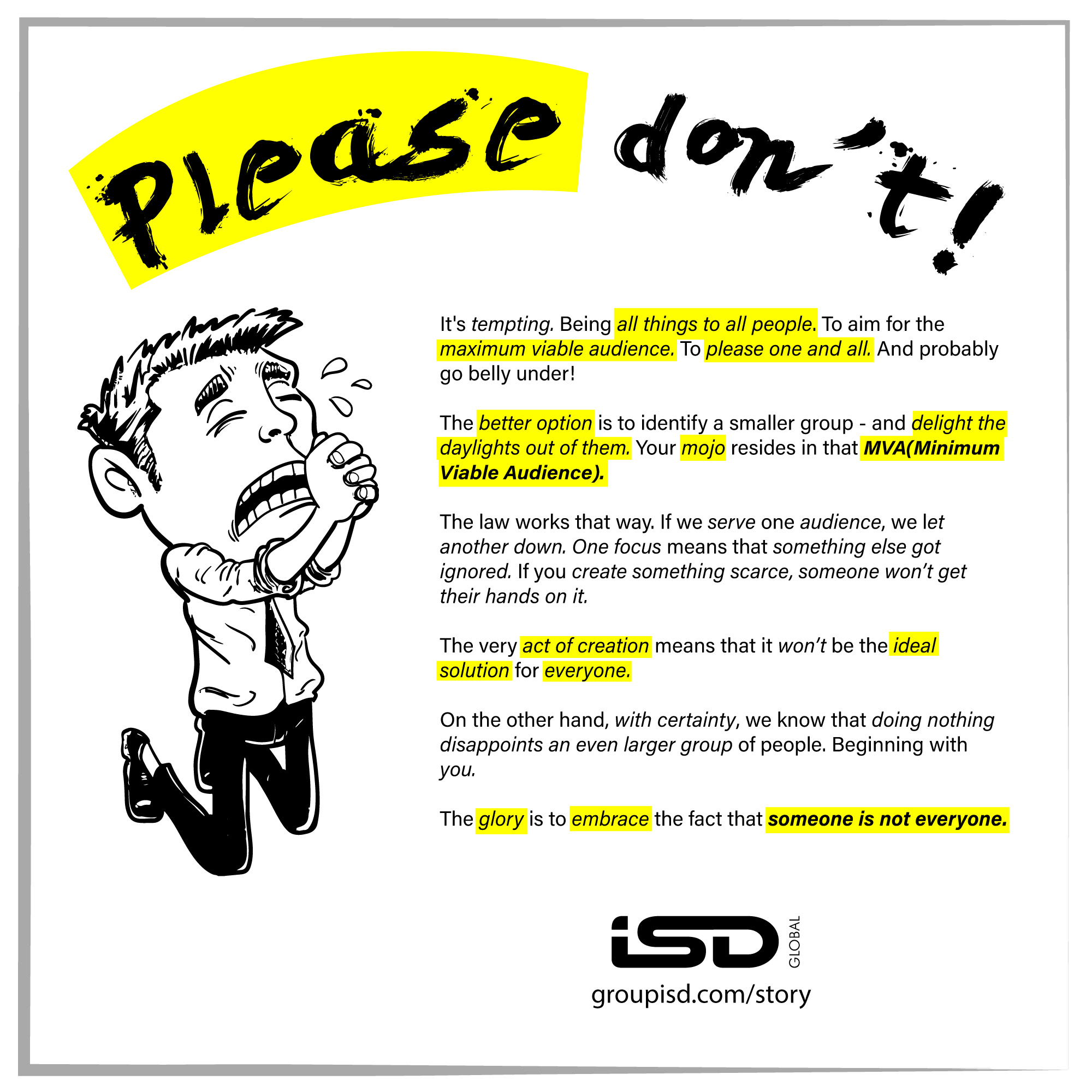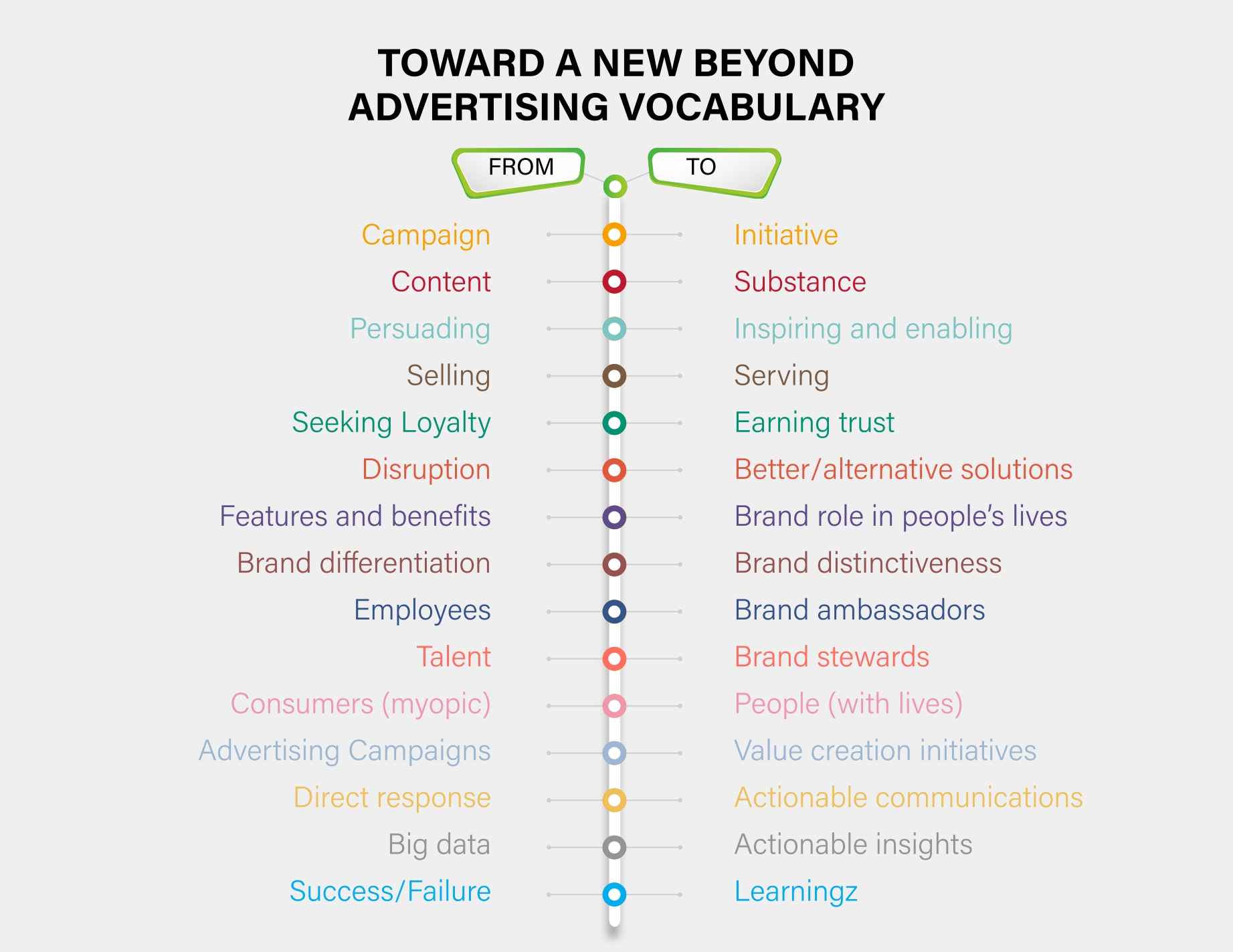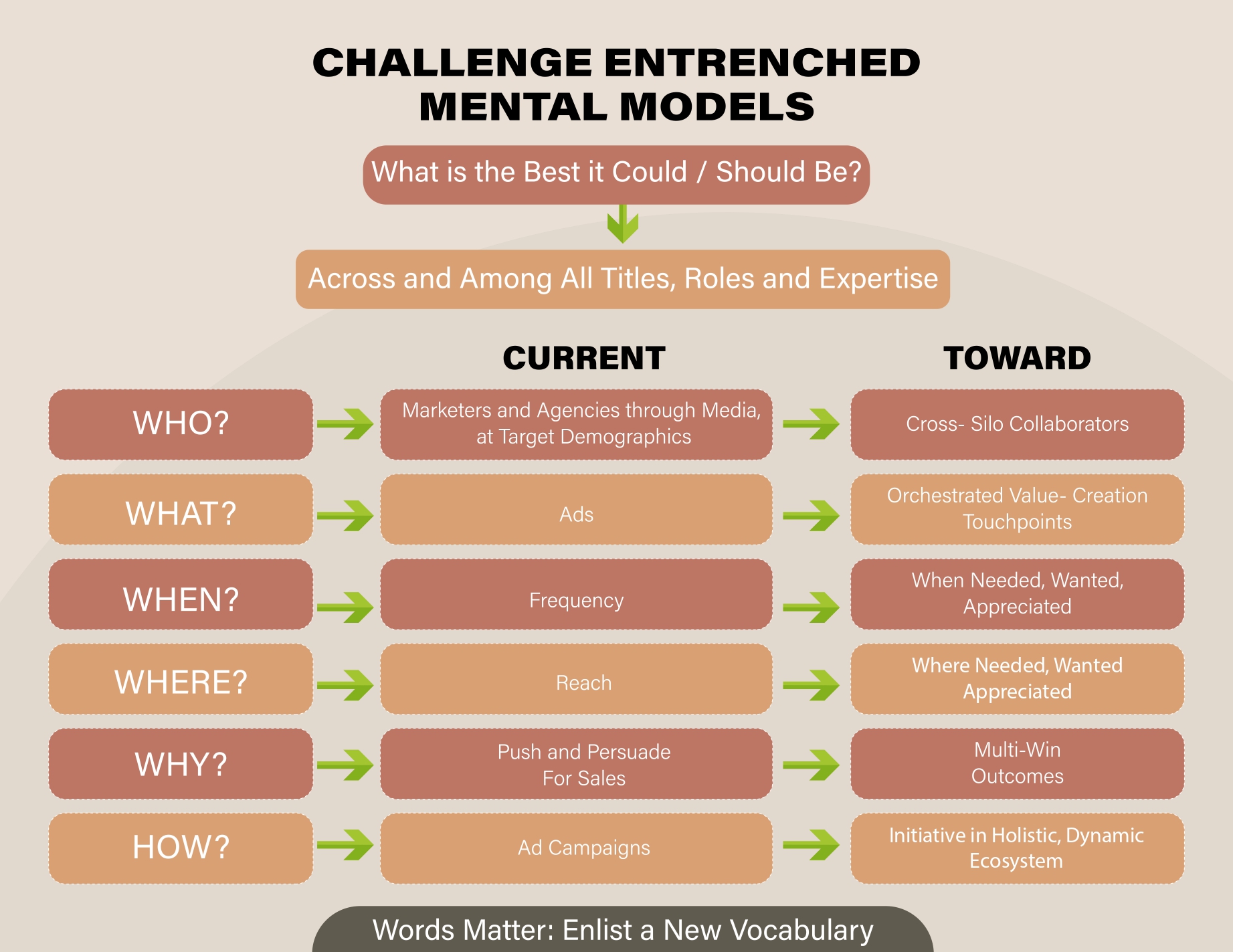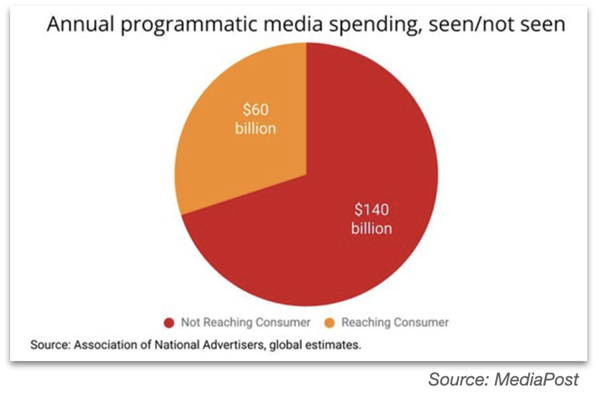This is the last part of the ” Beyond Advertising ” trilogy. The previous two can be accessed @
https://www.khaleejtimes.com/business-technology-review/beyond-advertising
https://www.khaleejtimes.com/business-technology-review/beyond-advertising-2
A Compelling Picture: Our Intended Audience of The Present | Future
As Alicia prepares for bed, she surveys her apartment. She is very conscious of what she buys and why. She buys things with meaning. While she sees less traditional advertising than she used to, she is more engaged with the ads she views. She can connect her purchases to strong creative content created by brands or co-created by brand fans. Though she is exposed to a lot of targeted ads, she feels she is in control of what content she sees. She accepts new brands warily and rarely with a direct entreaty from the advertiser. Instead, she relies on peers and trusted sources for her introductions. She wants brands to challenge her, understand her, inspire her through their content. She seeks stories that move her, excite her, delight her.
Given this scenario, all brands should be asking ” How can we engage Alicia and others like her today?”. When consumers have endless choices of content and screens, plus endless access to information and insights, why should they stop to listen to your message? For every technology designed to interrupt a media experience or a search for information, people will find a way to block, skip or ignore it. And if the interruption is egregious, be prepared to hear it from empowered customers.
Geography is History
I believe that great brands are ” business strategy brought to life “, and deliver a seamless experience across product and service, physical spaces and places, internal culture and communications. Brands like Apple have already set customer expectations and it doesn’t matter if you are a bank, a business consultancy, a retailer or a hotel chain, the message is simple: join up!
A continued focus on a narrow notion of what is currently within the purview of advertising and marketing will threaten the life of a brand and the organisation. Brands are expected to provide the seamless experience that people are taught to expect by each day’s new technology-enabled and insight inspired pace setters. Even the notion of ‘ omnichannel ‘, which is currently limited more to the realm of retail, will work within a larger ecosystem as retail and advertising undergo a fusion.
Divergence to Convergence
In order to reach, serve and stay connected with people in comprehensive, effective ways, advertising’s scope must go beyond its traditional reach to encompass the entire firm. The boundaries between external and internal touchpoints are blurring and will continue to do so. In a convergent world, no person or no touchpoint exists in isolation. Everything is interconnected and interdependent.
Consider the many different ways we now encounter brands on a daily basis- tv, radio, print, online searches, mobile apps, websites, billboards, DOOH ads, branded social media posts, offline and online conversations, personal interactions, web browsing, store design and displays, package design and packaging, conversations with salespeople, in-store promotions. All this is just the ‘ before purchase ‘ exposure followed by interactions with customer service, online help features, surveys, loyalty programs, etc. ‘ post purchase ‘. It is less common for people to encounter advertising head-on. Conversations have become the pathways by which people encounter advertising.
Something to RAVE(S) about
Most people today think of advertising as an interruption, a distraction, a nuisance, a waste of time. If we could skip or ignore it all, we would. And the lack of creativity is certainly not helping. Advertising as an interruptive act should be gone. Period. As I have been advocating, ” beyond advertising ” could and should be a narrative content that is entertaining, informative, actionable, valuable, value generating and provides an exceptional experience, being a shareworthy story delivered through all touchpoints. It could and should be something to RAVE(S)about:
R: Relevant and Respectful (to Individuals and of Individuals)
A: Actionable (Intuitive & Frictionless)
V: Valuable & Value Generating (Wanted, Needed, Effective)
E: Exceptional Experience (Delight & Inspire)
S: Shareworthy Story (Authentic & Authoritative)
Knock, Knock, the Digital Door
Beyond advertising could and should be something people want and seek out because it provides value. The trouble is nobody opens their digital door to receive an ad. They will, however, invite information across their threshold, if it promises to be of value to them. In the near and not so distant future, the successful advertisers would be those who have stopped treating consumers as many targets, marks, and stats. In an online universe, populated by consumers armed with the desire, the regulatory support, and the technology to be aggressively selective in the choices they make, advertisers will be obliged to treat consumers as decision makers.
Open the Vent: To Relevant
Forrester Research has termed the next few years as ” The Great Race for Relevancy “. New social data with clearer content marking will be interrogated with powerful new algorithms. The movement is from link-based to answers that are algorithmically based, where search engines are computing the right answer. We are already at a point where Google can give direct and accurate answers to questions like: What time is Guess Guess Guess on? Who plays in goal for Manchester City? Who is the favorite to win the next US Presidential election? What black suits are on sale at Zara?…
Google’s algorithm has improved to the point where it can answer questions that are nuanced, and geo- and time-based. Is the stimulus package working for the economy? Which is Arijit Singh’s best song now? When should I leave to reach Ritz Carlton DIFC by 8 pm?
And very soon, the internet will become an intelligence that will make its current guise seem incredibly dumb and disorganised. We don’t know how we lived without it.
The goal of relevance is to reach specific individuals. General demographics and television time slots no longer cut it when trying to communicate with people who juggle multiple screens and identities (family, work, social roles). Advertisers must get to the basics: Who are you? What are you doing? Where are you? What time is it? Why are you doing it? And how?
Messages relevant to time, location and preferences can be very effective, but they are not sufficient for optimal effectiveness: mood and state of mind must also be taken into consideration, just like the human interaction ” Is this a good time to talk to you about…?”.
Digital media drove a shift in marketers’ budget to ‘ always-on ‘, such as search, display and social. The marketing on-demand world of now and the near future has evolved to be ‘ always relevant ‘. For brands and their agencies, that will require a much more sophisticated and targeted approach to address the ubiquity of touch points so that they can be there at a consumer’s point of need-no matter where or when it is. Massive analytical capabilities invested will help support a brand’s stewardship of their customers information. In short, ads need to answer questions, any time, all the time.
Don’t find Customers for your Products; Find Products for your Customers
The only asset that gets built online is permission. Permission to talk to people who want to be talked to, delivering, and anticipating personal and relevant messages to people who want to get them and connecting them to one another. That’s all we can build and what we should measure. Not how many people thumbed up some video we made, but instead how many people want to hear from us.
Brands that want to thrive in this space must earn their welcome through the continually refreshed offer of social currency: ideas that people want to share with others.
Next STEPPS
Wharton Professor Jonah Berger in his book Contagious: Why Things Catch On, suggests six principles for developing contagious or shareable, ideas based on his research findings using the acronym STEPPS:
S: Social Currency (make it cool to talk about)
T: Triggers (make it top of mind)
E: Emotion (make them feel something)
P: Public (make it visible)
P: Practical Value (make it useful)
S: Stories (make it tell-able)
The worlds of logic and emotions must be married with all the senses and the muses from music to scents, visuals to touch, virtual to reality. Monetary value motivates consumers to purchase, but it won’t necessarily be enough to motivate them to repeat that purchase, or to recommend an object or service to peers.
Questions
What would happen if authentic and creative stories opened channels of communication with people?
How would people feel about brands and advertising?
What financial and social benefits would be afforded employees and shareholders?
How could advertising be ‘ re-defined ‘?
What if advertisers were named POY (Person of the Year) by TIME Magazine for these transformations?
What if we question the intentionality of our choices, the depth of our kindness and our very belonging as a species on this planet?
Creating RAVES advertising through every touchpoint has the potential for achieving this transformation.
Most positively, we are headed inexorably towards a new era of truth. Truth in what products do, truth in how and by who they are made, truth in the opportunity cost of their manufacturer, truth in performance and yes, truth in advertising.
ENDS
Suresh Dinakaran is the Chief Storyteller at branding agency ISD Global, Managing Editor of BrandKnew and Founder, Weeklileaks. Feedback welcome at suresh@groupisd.com
